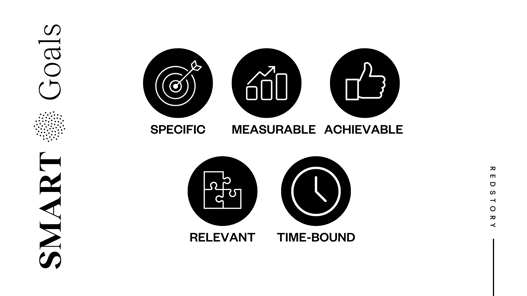Blog
7 Steps to Building a Successful Marketing Campaign
Great marketing is an important asset for any business, but what does it actually mean to run a successful marketing campaign from start to finish? Simply put: a campaign is a connected series of operations designed to achieve a specific goal for your business. This could mean successfully executing an event, launching a product, or raising brand awareness, to name a few! In fact, here’s a list of our most common campaigns in our own marketing agency:
- Event Marketing
- Product Marketing
- User Generated Content
- Email Marketing
- Brand Awareness
- Affiliate Marketing
- Social Media
- Advertising
Of course, each of these campaigns will be completely customized to fit your marketing needs. Promoting brand awareness looks much different than marketing and hosting an event! But we’ve learned that all successful campaigns, no matter how different they may seem, have a few things in common – seven, to be exact. If you’re hoping to build and execute a successful strategy, this will get you on the right track.
-
Establish clear campaign goals and KPIs.
Before you plan the details of your campaign, make sure you know why you’re running one! Marketing plans can help you do everything from reaching new customers to boosting brand loyalty to launching a new product or service, but we believe that each campaign should be geared toward one specific goal or outcome. Once you’ve determined your goal, introduce a few key performance indicators or KPIs, that will get you there. Get specific! For example: “increasing your conversion rate” is hard to measure, but setting a number for your return on ad spend is easy to watch along the way.
-
Determine how you’ll measure the campaign’s success.
There are countless ways to measure the success of a marketing campaign, so just choose what success would look like for your business right now! This could mean building your email list or social following, selling a certain number of courses or products, or selling out an event. Not all marketing is geared directly toward sales – remember that building awareness and loyalty is a worthy goal for your marketing strategy.
-
Define your target audience.
Now that you know what you’ll be marketing, it’s time to narrow down your audience. A campaign that’s targeted to a specific demographic is always more successful, so think about who’s most likely to help you meet your goal, and decide what would hook them – and keep them interested until they make a purchase or become a subscriber. It’s helpful to consider your brand identity and archetype here, as well as pulling out those ideal client avatars! -
Create a campaign concept.
You know what you’re marketing, and you know who you’re targeting. It’s time to execute. As you’re planning your marketing strategy with your agency or creative team, make sure to craft a compelling message and define your visuals – and make sure they complement each other well! Your brand voice and your color selections should work in tandem to produce a cohesive brand strategy, whether you’re building social media ads, designing print materials, or creating an email sequence for affiliates. -
Choose the appropriate channels for your campaign.
As you plan your messaging and visuals, consider where they’ll fit best. This is less of a “next step” and more of a “simultaneous step,” since your design will likely be affected by which channels you select to advertise and vice versa. -
Identify the campaign’s timeline + budget.
This is a crucial part of the equation that sometimes gets overlooked: decide when you want your campaign to begin and end, and how much you want to spend in total. Running endless ads is not a good way to track success over time. If you want to execute a successful strategy, it’ll have to be measurable, and that includes concrete time parameters so that you can check its progress over time – and adjust your strategy accordingly if needed! -
Monitor your metrics and track established SMART goals.
Once your campaign is up and running, you can rest in a job well done, right? Well, not quite yet. Set up a plan to monitor your progress throughout the course of the campaign. This might mean checking in on your multi-platform approach to see which site is getting the most ad traction and adjusting your spending accordingly. It could also mean keeping a close eye on ticket sales and determining what additional promotion might be needed to sell out the event. Essentially, we just want to remind you that waiting until the campaign is over to measure success will almost always cost you money – and customers. Even the most well-thought-out strategies often need to be tweaked or redirected in real-time.

SMART goals are the simplest way to keep up with the success of your marketing: choose goals that are Specific, Measurable, Achievable, Relevant, and Time-Bound, and following along with them will be a breeze. And after your campaign is over, make sure to revisit its success, capitalizing on strong leads and reevaluating weaker points for even better results in your future marketing.
No matter what marketing strategy you’d like to employ, we’d love to help you make your next campaign a success. At Redstory, we’re all about connecting people and data, the human way– our results-backed approach with a personal touch can help your brand achieve a better ROI.
